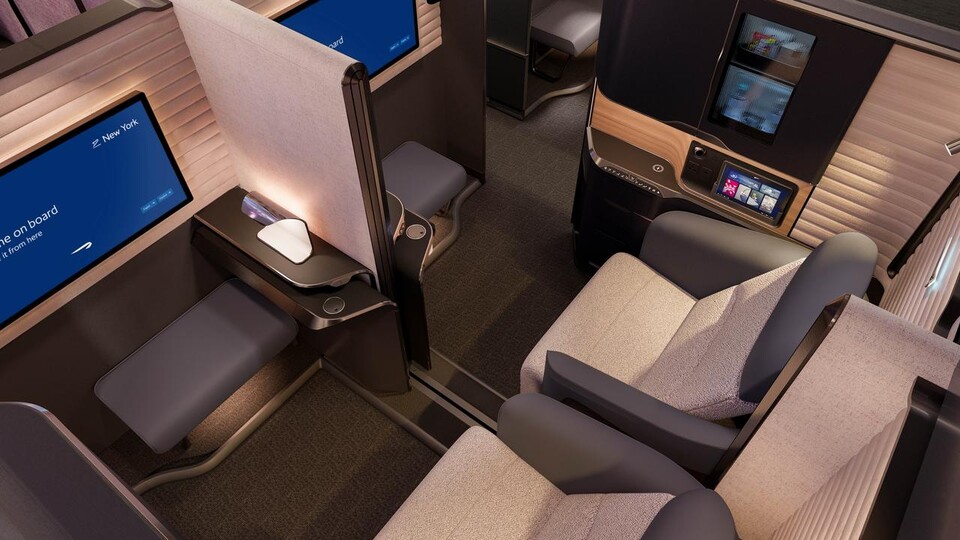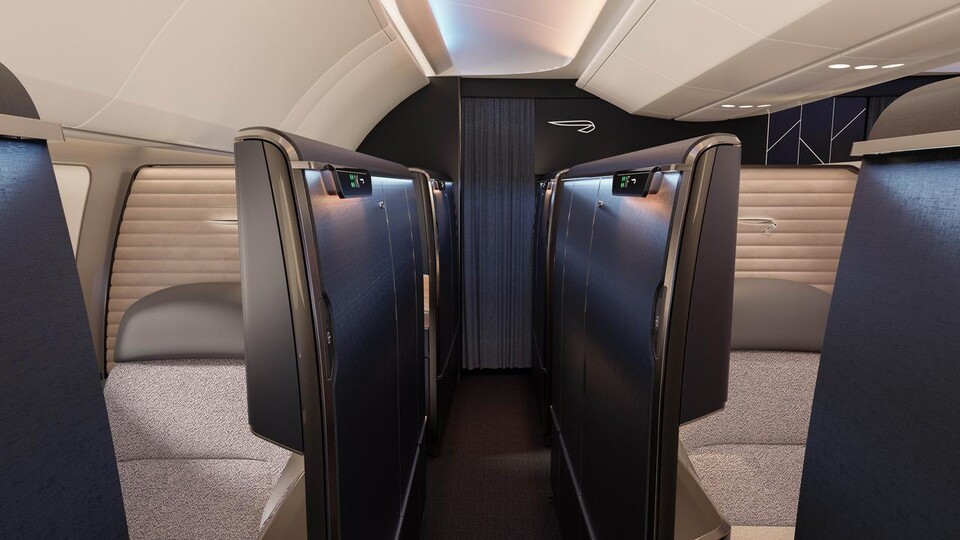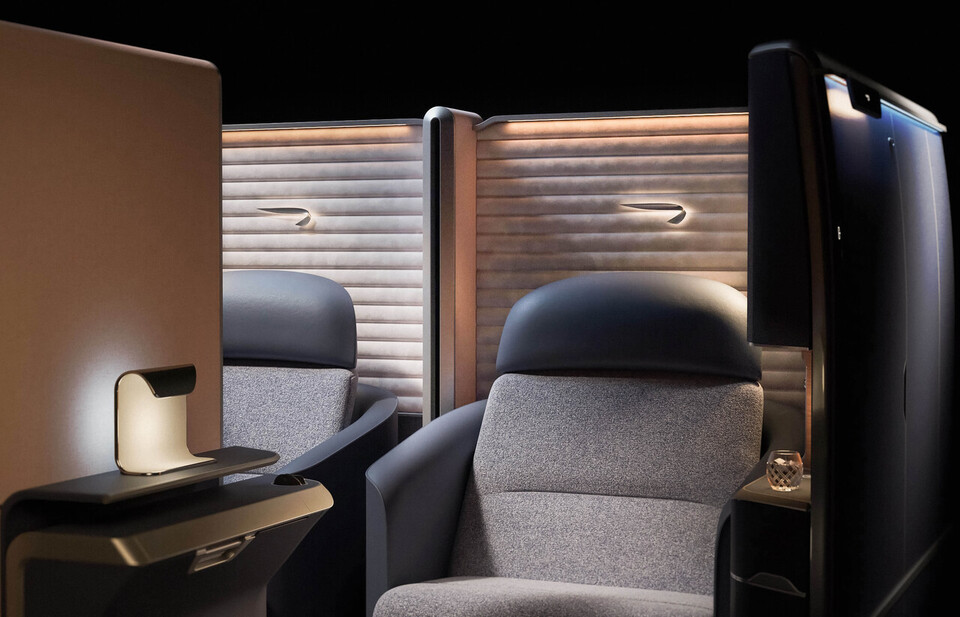Airlines
Airbus Sees Australia, Pacific Nations Buying 920 Jets in Next 20 Years

Airlines based in the Pacific region will take delivery of 920 new aircraft over the next 20 years, generated by an average growth in passenger traffic in the region of 3.2% per annum, according to the latest Airbus Global Market Forecast.
The forecast for new aircraft includes around 750 single-aisle aircraft like the A220 and A320 Families and around 170 widebodies like the A330neo and A350. Around 55% of this demand will be for growth and 45% will be to replace aircraft currently in service. The forecast was presented by Stephen Forshaw, Airbus Chief Representative for Australia, New Zealand and the Pacific, on the eve of the Avalon Airshow taking place between 28 February and 5 March 2023, in Melbourne.
Boeing Forecasts Demand for More than 41,000 New Airplanes by 2041(Opens in a new browser tab)
“A priority for airlines in this region is ensuring that the air transport sector can grow in a sustainable way. This has become an increasingly important factor when airlines make fleet decisions and Airbus is well-placed with the modern and comprehensive product line available today, offering a reduction in fuel consumption and emissions of up to 25%.”
In the Pacific region Airbus has entered into significant partnerships over the past year to advance its ambitions. These include a joint fund with Qantas to encourage industry to develop the necessary ecosystem in Australia and a project with Air New Zealand to study applications for hydrogen-powered aircraft on its domestic network.
Airbus is also involved in studies with Australia’s Fortescue Future Industries (FFI) and most recently announced its participation in a new hydrogen consortium in New Zealand alongside Christchurch Airport, Air New Zealand, FFI and several start-ups.
The Pacific region is a key market, with 170 Airbus aircraft currently in service with airlines in Australia, Fiji, New Caledonia, New Zealand, and the Solomon Islands. Another 166 aircraft are currently on order for future delivery to Pacific carriers. This represents 75% of the total backlog of orders from airlines in the region for all manufacturers.
Globally Airbus forecasts demand for 39,490 new aircraft over the next 20 years, including 17,620 in the wider Asia-Pacific region.

Airlines
British Airways Unveils Its Brand-New First Class Cabin for the Airbus A380

British Airways has introduced its brand-new First Class seat, blending sleek design with expert British craftsmanship. Reflecting modern British luxury travel, this new cabin is part of the airline’s Airbus A380 retrofit plans, set to take flight in mid-2026.
The updated First Class cabin has been crafted to feel like a modern luxury hotel in the sky, complete with cozy touches and thoughtful British details.
Etihad Airways Unveils 10 Exciting New Routes for 2025
Designed by top experts from across Great Britain and Ireland—including London, Glasgow, West Yorkshire, Kilkeel, and Dublin—the seat reflects the best of British design and quality.
Features and Comforts
The new First Class seat is ultra-wide at 36.5 inches, with a bed length of 79 inches for ultimate comfort. It includes:
- A multi-purpose ottoman and stowable table.
- A 32-inch 4K TV screen.
- Adjustable mood lighting with modes like “relax,” “dine,” and “cinema.”
- A cocooned 60-inch curved wall for privacy while maintaining a spacious feel.
Passengers traveling together can enjoy a shared experience with a sliding divider that creates a lounge-like space. The stowable tables also allow for “buddy dining,” where two people can dine together.
The cabin’s flowing curves, inspired by the iconic Concorde wings, create a welcoming and stylish environment. Additionally, passengers can now wheel their luggage directly into their personal storage space, making settling in easier.
This country tops visa rejections in the popular Schengen countries
British Airways carefully considered customer feedback when designing this cabin. The seat includes practical storage and features like a fully rectangular bed for home-like comfort. Every detail, from usability to elegance, has been designed to enhance the travel experience.
British Airways is proud to be the only UK-based European airline offering a First Class product across the Atlantic. british airways premium economy and First Class travelers enjoy exclusive perks such as stylish seats, access to luxury lounges, fast-track security, and the First Wing at Heathrow. The airline ensures a premium experience from booking to landing.
This cabin upgrade is part of British Airways’ £7 billion investment in improving customer experiences. The airline has already introduced over 120 initiatives, including new short-haul seats, free onboard Wi-Fi messaging, and refreshed lounges worldwide.
-

 Aviation2 months ago
Aviation2 months agoMicrosoft Flight Simulator Raises $3 Million to Bring Back the An-225 Mriya
-

 Airlines2 months ago
Airlines2 months agoQatar Citizens Can Travel to the United States Without a Visa
-

 Aviation2 months ago
Aviation2 months agoQatar Airways bans these new Electronic Devices on plane
-

 Defence2 months ago
Defence2 months agoWhich Country Has the Largest Fleet of Fighter Aircraft?
-

 Airlines5 days ago
Airlines5 days agoDAMAC Air: Dubai’s New Luxury Airline Offers Free Flights for Registration
-

 Airport2 months ago
Airport2 months agoWestern Sydney Airport Welcomes Its First Plane After 6 Years of construction
-

 Airlines4 days ago
Airlines4 days agoAir India to Launch aircraft maintenance training institute in Bengaluru
-

 Aviation2 months ago
Aviation2 months agoDid you know ? Once Boeing 747 carried 1088 passenger in 1991










